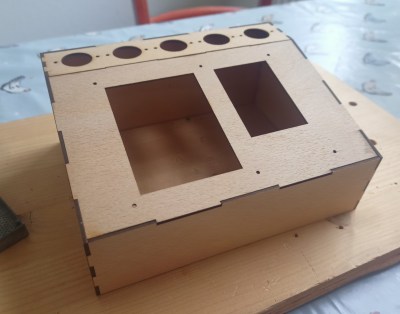To be an Amiga fan during the dying days of the hardware platform back in the mid 1990s was to have a bleak existence indeed. Commodore had squandered what was to us the best computer ever with dismal marketing and a series of machines that were essentially just repackaged versions of the original. Where was a PCI Amiga with fast processors, we cried!
Now, thirty years too late, here’s [Jason Neus] with just the machine we wanted, in the shape of an ATX form factor Amiga motherboard with those all-important PCI slots and USB for keyboard and mouse.
What would have been unthinkable in the ’90s comes courtesy of an original or ECS Amiga chipset for the Amiga functions, and an FPGA and microcontroller for PCI and USB respectively. Meanwhile there’s also a PC floppy drive controller, based on work from [Ian Steadman]. The processor and RAM lives on a daughter card, and both 68040 and 68060 processors are supported.
Here in 2024 of course this is still a 1990s spec board, and misty-eyed speculation about what might have happened aside, it’s unlikely to become your daily driver. But that may not be the point, instead we should evaluate it for what it is. Implementing a PCI bus, even a 1990s one, is not without its challenges, and we’re impressed with the achievement.
If you’re interested in Amiga post-mortems, here’s a slightly different take.



















